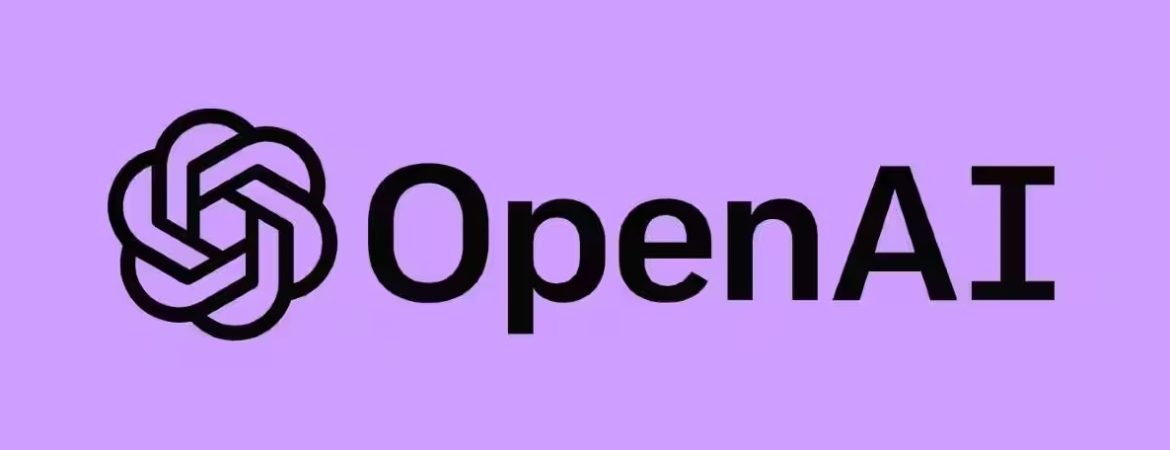How Could AI Help Make Evaluations More Inclusive?
In the modern educational landscape, exams should be a tool for everyone, ensuring a learner’s aptitude is genuinely reflected. Yet, biases have historically distorted their fairness. Enter AI—a tool with potential to revolutionize inclusive assessment, though not without hurdles. A Real-world Dilemma: Bias in Tests and Exams Exams have traditionally catered to the majority, often overlooking minority groups. From language barriers to socio-economic disparities, biases make assessments less of an accurate measure of knowledge and more of a reflection of privilege. The Global Push for Fairer Assessments The movement towards inclusivity is not just a regional issue. From the UK to the US, institutions recognize the need for change. Practices such as “test-optional” admissions and accessible guidance like Ofqual’s are strides in the right direction. AI’s Role in Reshaping Assessments The rise of AI in learning and assessment cannot be ignored. From AI-created questions to the potential risks of cheating using tools like ChatGPT, the realm of AI-assisted education is vast and still developing. Can AI Foster or Hamper Inclusivity? The bias in AI is a genuine concern. Tools like ChatGPT may inadvertently reflect societal biases, potentially leading to further marginalization in assessments. However, these tools are in their infancy, and their potential for positive change is vast. The Potential of AI for Equitable Assessments As AI matures, there’s hope it will help make exams more unbiased. By identifying potential bias in questions, offering personalized learning, and even aiding in the fight against cheating, AI may well become the great equalizer in education. A Glimpse into the Future of AI and Assessments While challenges persist, AI’s promise lies in its continuous evolution. With the right training and approach, AI has the potential to make assessments more considerate, respectful, and truly reflective of a student’s abilities.




















